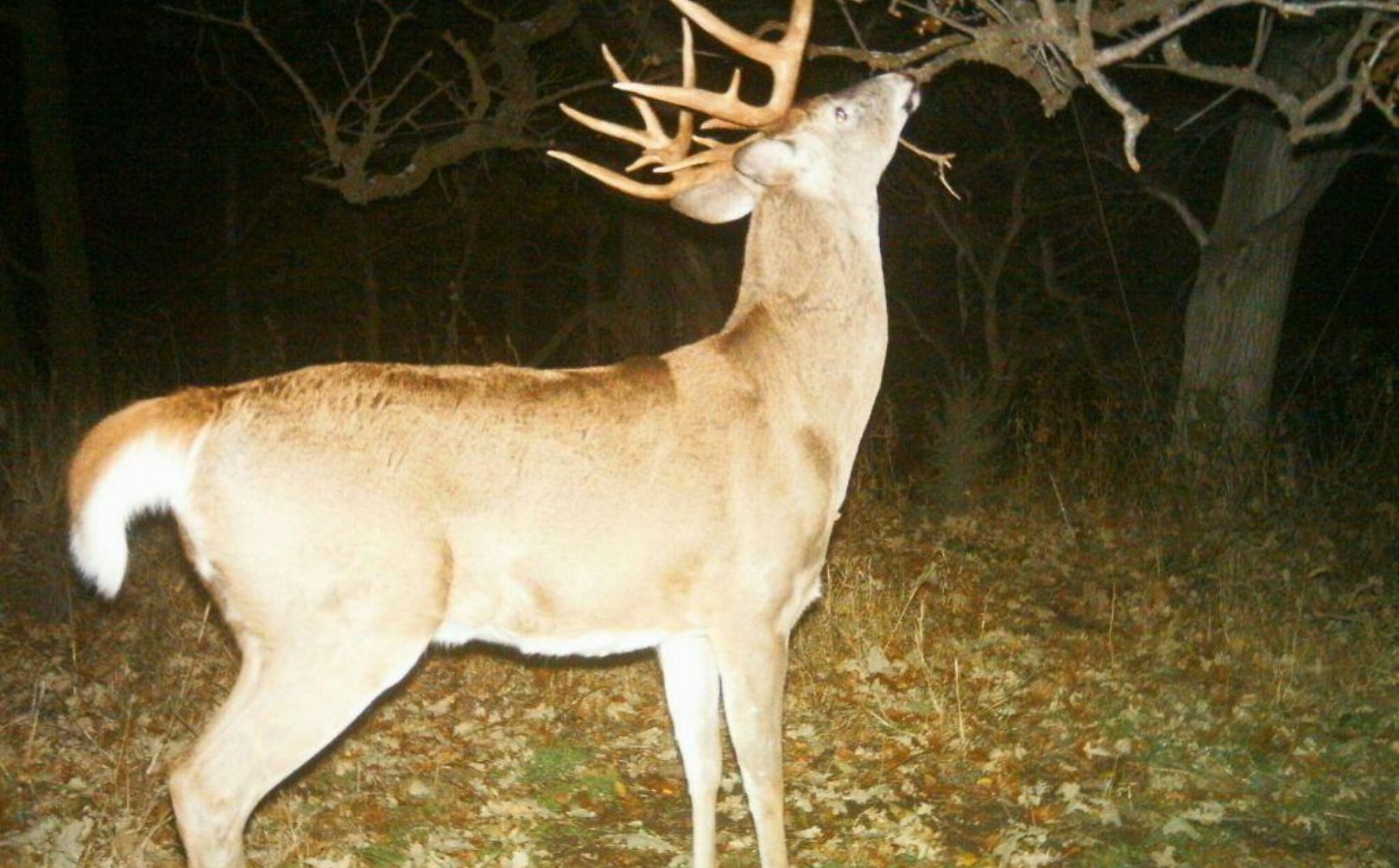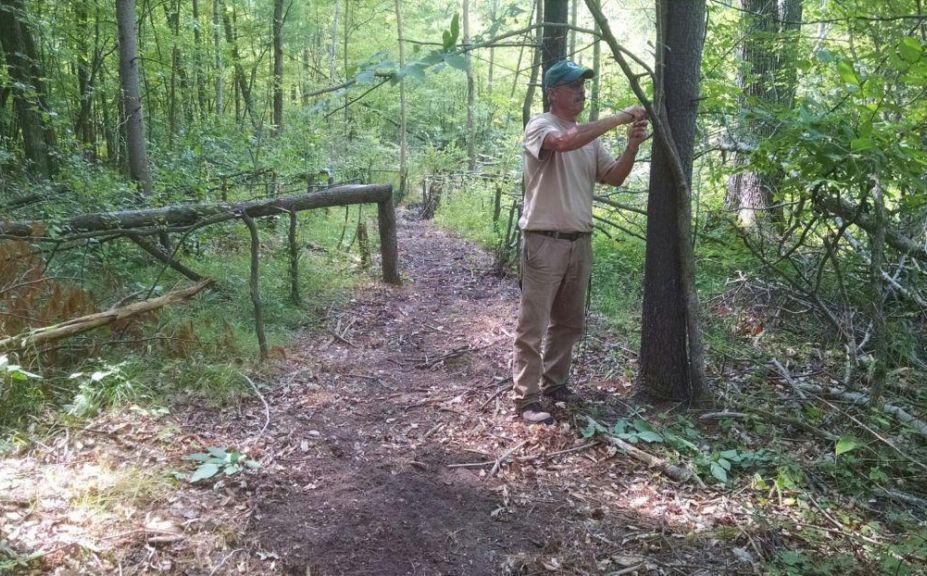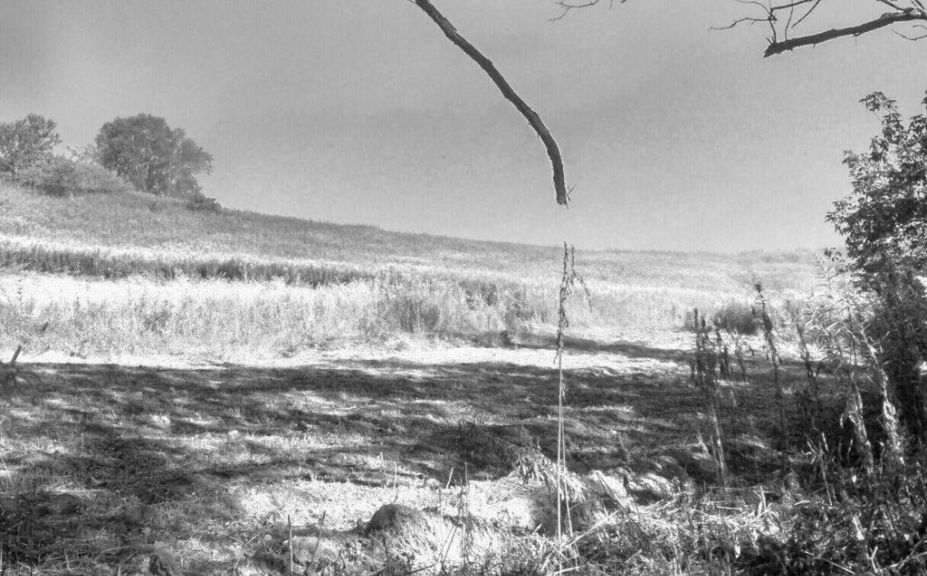
Have you attracted a mature buck on your land that is tearing up the woods with giant rubs and scrapes? Now that he is on the land - or hopefully going to be soon - it becomes critical that you keep him on the land. One of the best ways to keep tabs on the buck herd in your area, is by placing trail cams on scrapes. But is this a wise practice, or are you creating your own potential set-up for unavoidable frustration.
There is a phenomenon that is taking place on whitetail lands everywhere, and it is sweeping across the landscape like a giant mist of foggy frustration: The more hunters improve the habitat, the more bucks they spook. Let's face it, it is pretty tough to spook deer that aren't there in the first place. So when hunters create food plots, bedding areas, hinge cuts, grass plantings and other attractive habitat improvements, the level of potential attraction skyrockets! Along with those extreme levels of attraction comes the inevitable repulsion of deer herds, in particular mature bucks that are now exposed to the hunting pressure that is placed on those same improvements.
*Make sure to check out my whitetail book series to help you find public or private land mature bucks this Fall, including "Whitetail Success By Design" and "Food Plot Success By Design"
The ultimate trick in whitetail habitat and hunting improvement, is taking the hunting pressure out of the hunt. Keeping your site, sound and scent from ever moving into bedding areas, food sources and staging areas is a great way to minimize hunting pressure, but an effective set of trail cam strategies can help as well. Although trail cams are definitely worth the risk, there are many do's and don'ts that need to be followed for you to find consistent success, without applying even more hunting pressure to the lands that you hunt.
5 Scrape Locations To Avoid
Setting a trail cam on a scrape can be an awesome practice; but beware! Here are 5 potential hunt-busting locations to avoid when placing your trail cams on scrapes.
1. Defined Movement Scrapes
Mineral stations, waterholes, mast producing trees, natural regeneration and Mock Scrapes are all outstanding ways to sweeten the travel corridors for defined buck movements. At the same time if too much hunting pressure is placed at any of those "corridor sweeteners", then the movement can be destroyed. If you can get in and out without any trace of human scent, sound or site left behind it may be worth the effort, but often it pays to take the more conservative approach and just allow the area to continue to successfully define buck movement.
2. Bedding Area Exit Scrapes
Remote giant scrapes adjacent to mature buck bedding areas are an awesome find! Although they may be the perfect location for a treestand nearby, the additional hunting pressure needed to access a trail cam is just not worth the risk, no matter how great the potential pictures will be.
3. Cruising Scrapes
Some of my favorite morning and mid-day rut stands are those that are set to observe cruising bucks. Over the years these locations have produced some of my best trail scrape pics, but they have also yielded some of my most disappointing mature buck sits. Too much human activity caused by accessing the trail cam over the scrapes, effectively destroyed the potential daytime encounters that I could have had, if I hadn't set a trail cam nearby.
4. Treestand Scrapes
What's the best way to observe a scrape by your treestand? From the treestand. The scrape, rubs, previous scouting efforts and non-invasive trail cam locations should have already told you that a mature buck is nearby, so the risk of setting trail cams on scrapes right next to your stand locations is often not worth the reward of a few good pictures.
5. Staging Area Scrapes
A staging area should be one of the most sacred locations on the land that you hunt. A staging area is the last point of high security cover that a mature buck leaves prior to entering his evening food source. It is often extremely difficult to actually hunt a staging area effectively while not applying too much hunting pressure, let alone to manage a trail cam over a staging area scrape. Although I may at times take a highly strategic sit or two in a staging area, I strictly avoid placing a trail cam in the same location.

*There are ways to not only keep from spooking deer when setting your trail cams on scrapes, but everywhere else in the woods as well! For more advanced tips make sure to read, "Spook Proof Deer Cam Guide".
Strategies For Trail Cams On Scrapes
Although I recommend that you avoid, or at least use great caution when placing trail cams on the 5 scrape locations described above, placing trail cams on scrapes is still an exceptional practice. My favorite scrape varieties to place a trail cam on, are Open and Social Scrapes.
Scrapes along field edges, easily accessed by hunters, and well away from secure mature buck travel routes or bedding areas, are great locations to safely capture photos of virtually every buck in the neighborhood. And best of all? If you end up spooking a few bucks in a large and open location, the deer still have plenty of room to move to another portion of the field to feed or socialize. Deer also expect and tolerate a much higher level of human intrusion in large open social areas, when compared to the secure and sacred locations of cruising corridors, staging areas, and bedding areas.

*If used sparingly, mock scrapes can create highly defined buck movements! Check out how by reading, Advanced Mock Scrape Strategies".
Conclusion
Although habitat improvements are creating the potential for hunters to spook more deer than ever before, that same phenomenon is also creating huge opportunities for the savvy landowner! When hunters and habitat managers create high quality habitats of food and bedding that significantly lack the hunting pressure compared to neighboring lands, than the habitat has the ability to attract and hold a quality deer herd like never before! And best of all? Placing trail cams on scrapes in large, open and non invasive locations can reveal just how well your efforts for reducing hunting pressure are working.